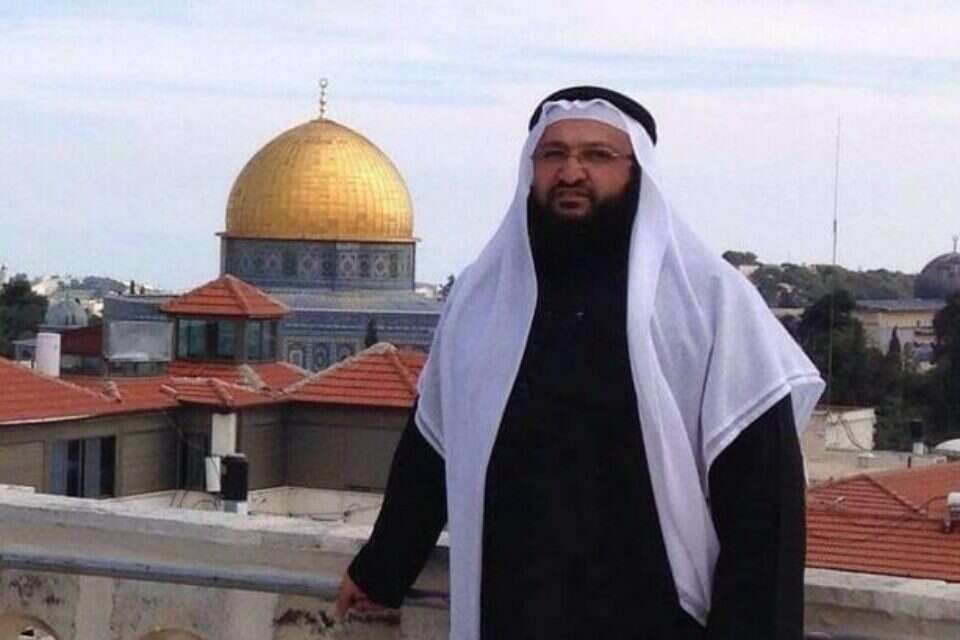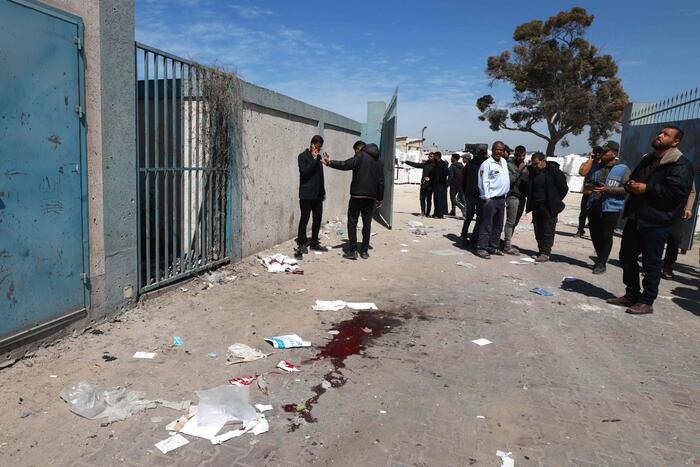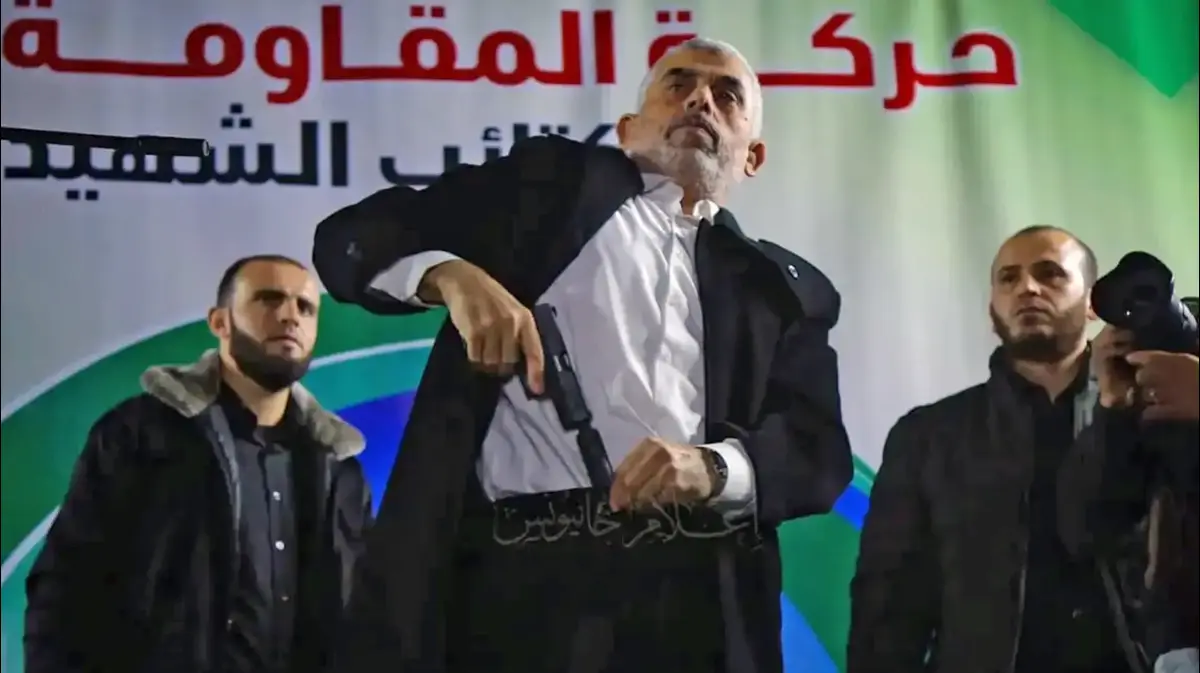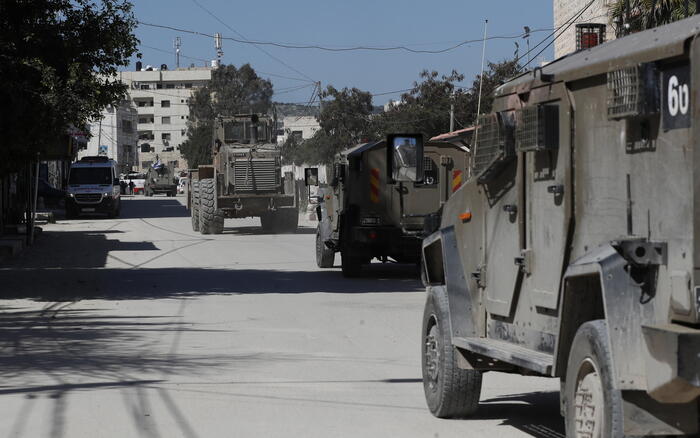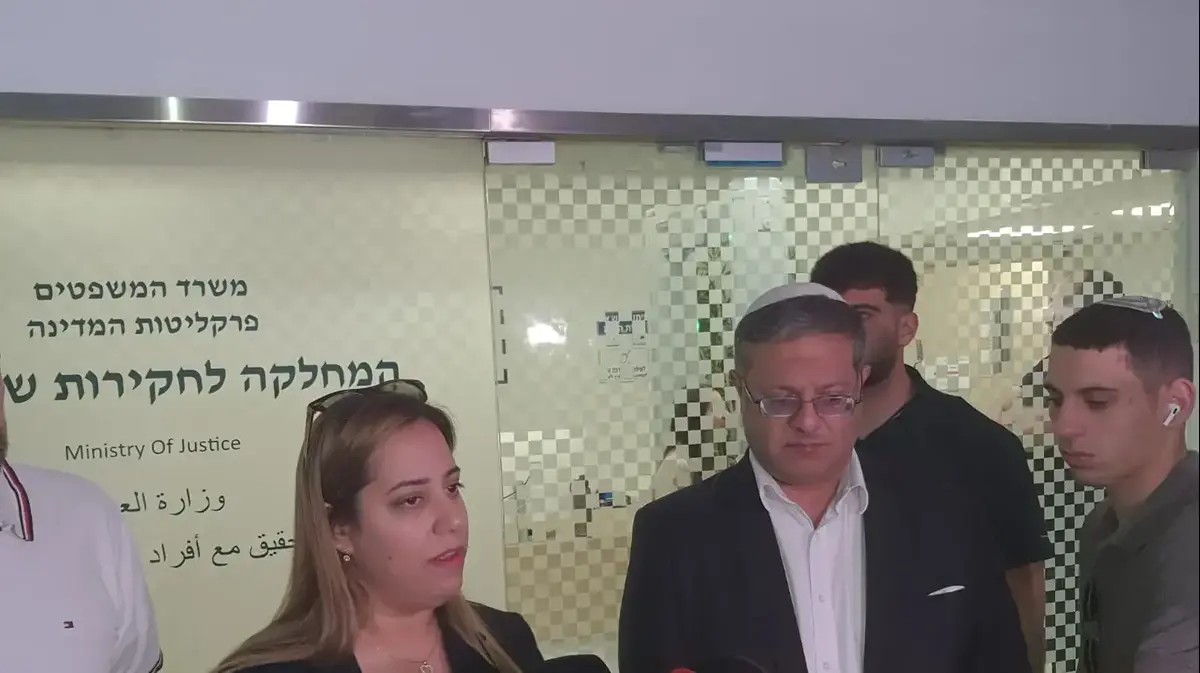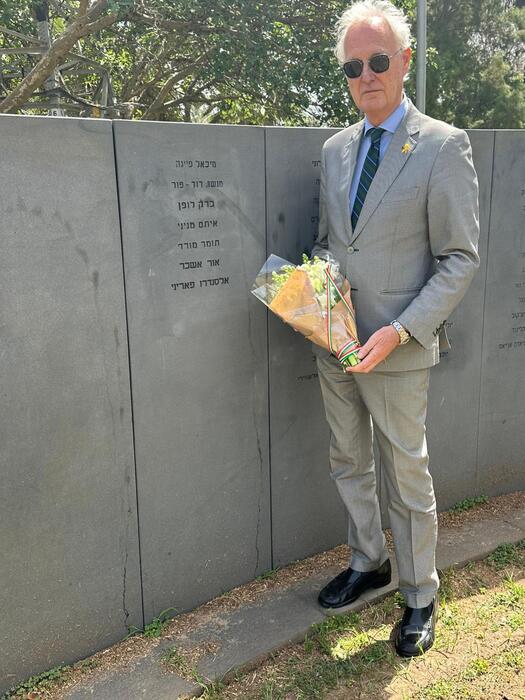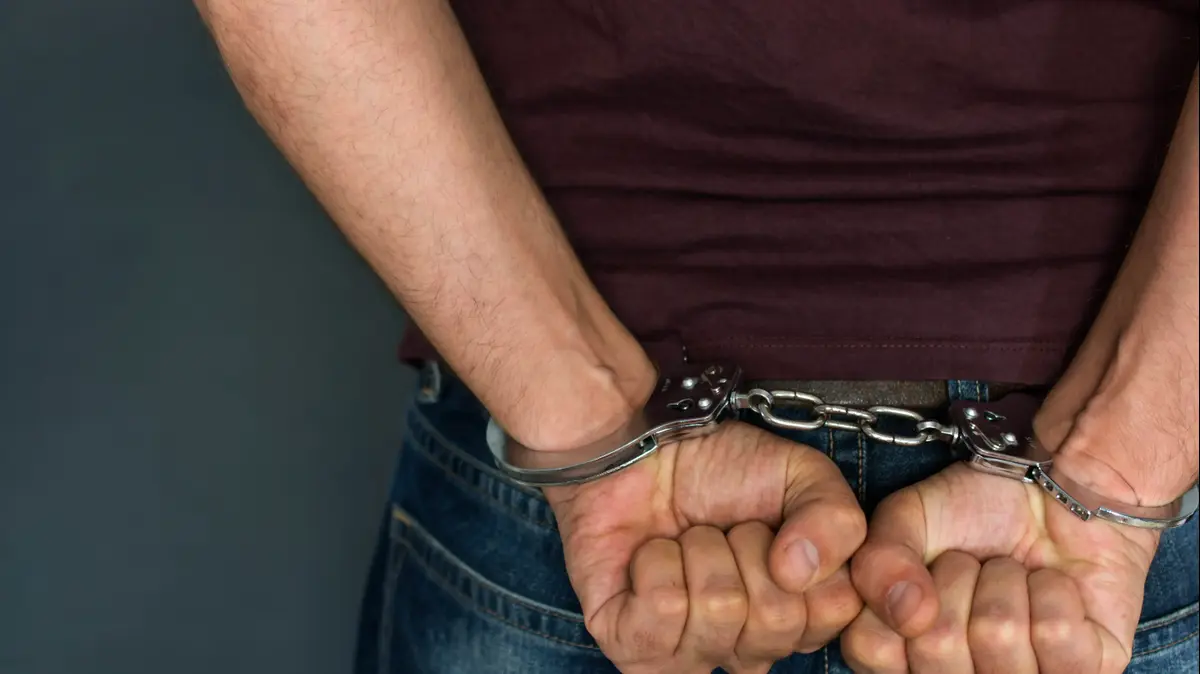The demonstration of solidarity with the killer of Eliyahu Kay in the Shuafat refugee camp did not really surprise anyone.
The many hundreds who marched openly with Hamas flags, within the sovereign territory of the State of Israel, within the jurisdiction of the Jerusalem Municipality, have revealed to many what has been known for years: ).
For the Israeli authorities, it is almost beyond the "mountains of darkness."
Officially it is Jerusalem, in practice it is the "Wild East".
This is a place where Lit Din and Lit Dayan - a large governmental vacuum: almost zero governance, drug problem and serious delinquency, construction delinquency and thousands of illegal structures erected without a permit, many of them dangerously.
Beyond that, there is poverty, and there is sewage, dirt, desolation, neglect and most importantly - thousands of weapons that residents illegally keep in their homes.
Fighters' helmets: Documentation of the arrest of some members of the Hamas terrorist cell in Judea and Samaria / Photo: IDF Spokesman
A security report estimates that weapons are hidden in every fifth house in the camp. More often than not, these weapons also find their way to hostile elements and not just criminal elements. The way in which the security forces and the Israel Police have treated the weapons held by the Arab sector in Israel over the years: know and close your eyes.
The Shuafat refugee camp, the only one of the refugee camps in the West Bank to be included in Israeli territory, was established in 1965 by Jordan. Its original inhabitants were Arab refugees from West Jerusalem, who settled in 1948 on the ruins of the Jewish Quarter - and were evacuated from it during the Jordanian period, to Shuafat.
After the Six Day War, more refugees from this war joined them.
The camp and its neighborhoods are currently home to more than 50,000 people.
Many of them are not residents of Jerusalem who hold the 'Blue Certificate', but residents of the West Bank, who have established their home in the camp.
There is no barrier, there is no impediment to crossing the West Bank and the camp, and so they have mixed with each other over the years.
The number of couples involved in the camp - "Jerusalemites" and residents of the "West Bank" - is particularly high.
Shuafat refugee camp, Photo: Oren Ben Hakon
The construction of the security fence in North Jerusalem about 17 years ago only deepened the neglect, delinquency, poverty and lack of governance that prevailed in the RC.
Shuafat anyway.
The garbage is evacuated irregularly, the Israeli medical services found it difficult to get there, and the various security arms often left the job to the Palestinian Authority's police and security forces, even though, as mentioned, this is Israeli sovereign territory.
The Jerusalem municipality provided almost no services to the camp.
Only in recent years have the authorities tried to bring about change instead.
Both the police and the municipality tried to find more presence at the scene, but their impact was negligible.
It was too little and probably too late.
The security fence de facto removed 5,285 dunams outside the Jerusalem area, including the Shuafat refugee camp and the neighborhoods bordering it: Ras Khamis and Ras Shehadeh in the amount of 1,100 dunams.
The difficult reality in the place has in recent years led to several plans whose purpose is all - separation from the residents of the camp and its areas, as well as from the nearby Kfar Akev neighborhood and "Levinia", where the situation is similar.
Minister Zeev Elkin, Photo: Yonatan Zindel / Flash 90
One plan by Minister Zeev Elkin speaks, for example, of the possibility of removing these spaces from the jurisdiction of Jerusalem, but leaving them as territories within sovereign Israel, within the framework of separate local councils to be established for them.
The idea was conceived by the writer of these lines as part of a work he prepared a few years ago for the "Jerusalem Center for Public and State Affairs."
Another plan, by former Minister Haim Ramon, talks about these neighborhoods being transferred to full control of the Palestinian Authority.
Another plan by former MK Anat Barko also talks about secession from the Shuafat refugee camp area and its satellites, first by changing its status from Israeli sovereign territory to an area that will be defined as Area B. Later as an island territory, under the full, security, and civilian control of the Palestinian Authority.

